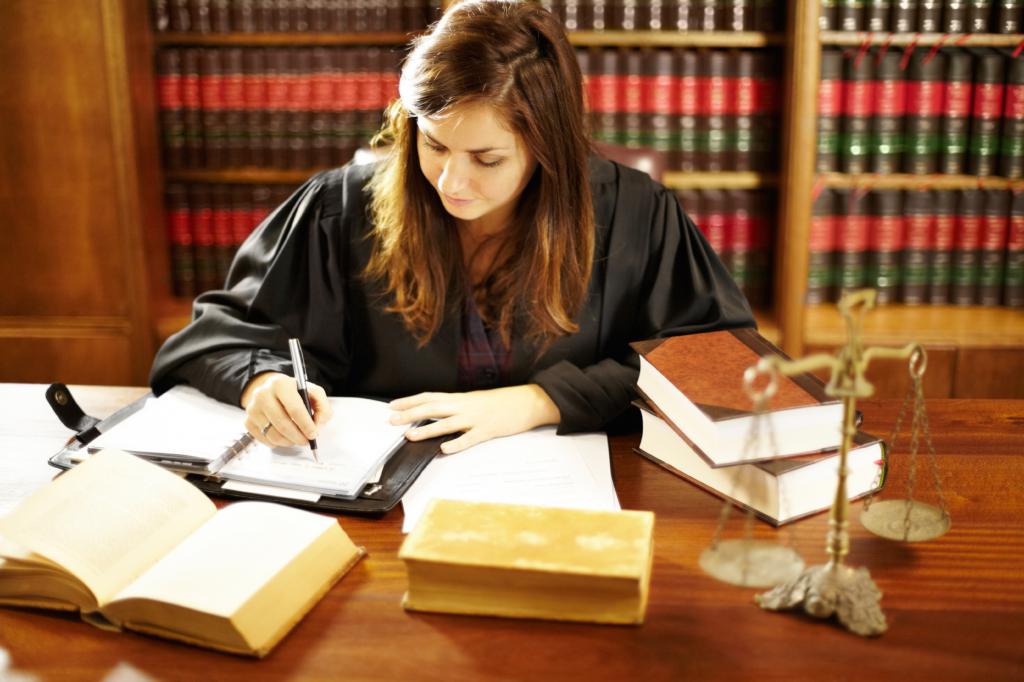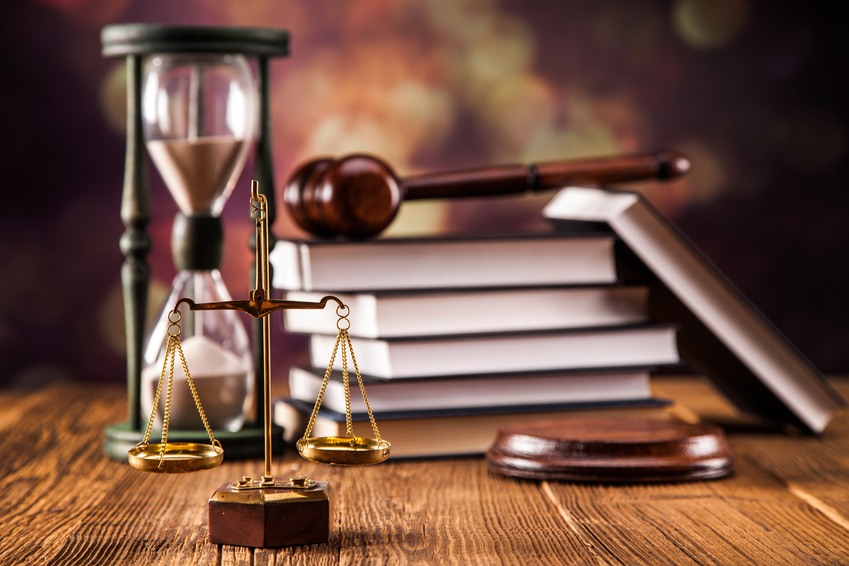Each Russian citizen has a legal status: a set of certain rights and obligations. Each norm created by the legislator works only for a person. How are these norms formed and what are the grounds for the emergence of civil rights and obligations? We will try to understand this material.
The concept of legal fact
Lawyers distinguish two types of facts: actions and events. Actions are associated with human life. These are facts arising from the steps taken by social elements. Events, on the contrary, are in no way connected with human activity. They are formed by themselves, although they affect the life of society. It is legal facts that are the basis for the emergence of civil rights.
The classification of events and actions is the primary concern of any legislator. Only a competent analysis of each fact will help form the necessary norm. Each fact, which can also be called a legal case, has a number of unique features and qualities.
Features of legal facts
Not every phenomenon of objective reality can be called the basis for the emergence of civil rights. Here it is worth highlighting only those legal facts that have a number of special features. Moreover, one and the same circumstance may be the subject of different legal classifications.

It’s not so easy to identify signs of a “necessary” legal fact. Not always a phenomenon reaches the status of a legal circumstance. That is why objective reality should be distinguished from all sorts of sensations, which it also gives rise to. This implies the first and main sign of a legal fact as the basis for the emergence of civil rights: this is objectivity. The circumstance chosen by the legislator should be crystal clear and accurate, without any kinds of “impurities” of subjectivity.
The second feature of the legal fact is the presence of a close relationship with morality. Moreover, any rule of law is always a product of morality. This is easy to verify by identifying the hypothesis (circumstance) and disposition (condition) of any legal norm.
Functions of Legal Facts
The circumstances that give rise to certain legal consequences in accordance with legal standards have several important functions. First and foremost is the provision of the formation, amendment and liquidation of legal relations. A transition should be created from a general model of behavior to the specific behavior of individual subjects.
Every legal fact is a guarantee of legality. This is not surprising, because it is a separately taken circumstance that constitutes the basis for the emergence of civil rights. So, two functions of legal facts can already be distinguished: law-making and guarantee. The last function is called informational. Each legal fact provides the impact of legal norms on relations in society.
Events, Actions, and Statuses
As already mentioned, each legal fact has two main forms: event and action. This point should be paid a little more attention.
Events are circumstances that are in no way dependent on the consciousness and will of a person or society. They arise on their own, but this does not prevent them from becoming a source for the formation of a legal norm. A simple example of an event is disaster.Strong forest fires forced lawmakers to introduce new restrictions, that is, to form a specific legal norm.

Actions are legal facts that depend on the will of people and are committed by them. Actions are legitimate or unlawful.
Both events and actions have three main forms: law-creating, law-changing and law-ending. By the way, the basis for the emergence of civil rights and obligations is most often actions.
A lot of controversy is unfolding about whether it is worth categorizing the status of legal facts. A state is being, namely its specific form. Any phenomenon may have a certain state, but will it change its shape? More often than not. From this we can conclude that only law-making states can act as the basis for the emergence of civil rights.
Formation of civil rights and obligations
Having dealt with important categories and their specifics, you should go to the direct forms of the foundations. Lawyers dictate that civil rights and obligations arise:
- due to harm to the person;
- due to unjustified or illegal enrichment;
- from contracts or various kinds of transactions;
- from acts of civil status, provisions of state authorities or local authorities;
- from court decisions or clarifications;
- as a result of the acquisition of property;
- based on the results of the creation of works of culture, science, art and other results of intellectual activity;
- on the basis of other actions of individuals or organizations.
It should be noted separately that the grounds for the emergence of property rights in civil law are often formalized in a special agreement. Some types of property are subject to state registration.
Subjective Civil Rights
Actions or the system of actions of authorized persons who do not have signs of transactions are called subjective rights. Such legal facts have no signs of transactions - these are just significant events in law. An example is the use of a vehicle, living in a house, owning a certain subject, etc. All of the above actions are actual ways of realizing subjective rights.

There is also a legal form of subjective rights, and these are just deals. As an example, we should mention the sale of property, the conclusion of a copyright agreement, the presentation of a claim, etc.
So, subjective rights can be simple and complex - depending on the chosen form of interpretation. All of them are grounds for the emergence, amendment or termination of civil rights.
Civil Responsibilities
Before proceeding with the analysis of the main legal facts, a little attention should be paid to the direct performance of duties. They are passive and active. Passive duties are performed by observing the prohibitions imposed on them by persons. There is also an active form of performance of duties, which consists in the direct implementation of certain functions.
It should be noted that sometimes the fact of fulfillment of duties may act as the basis for the emergence of civil rights. A legal fact may be an event or action, and the obligation just fits the category of action. Here the circle closes. Now it’s worth to analyze the main examples of legal facts.
Contracts and Transactions
Transactions executed in the form of documents are the most frequent basis for the emergence and change of civil rights and obligations. A transaction is a volitional action. For its implementation, will (inner side) and expression of will (outer side) are necessary. It is through the expression of will that a person warns those persons with whom he wishes to enter into a civil legal relationship.

Transactions are unilateral and multilateral. Contracts as a subspecies of transactions may be bilateral or multilateral. One party cannot conclude an agreement - only if it is not binding.
A will is a great example of a one-way deal. A person generates the right of inheritance from those persons indicated in the will.
Acts of state bodies
In civilian registry offices, civil registry offices, new grounds for the emergence of obligations in civil law are constantly appearing. Every day new folders of documents are formed: about death, about birth, about marriage, about divorce, etc. All acts are very easy to group. Death or birth belong to the category of cases, and marriage or divorce are typical actions.
Each new act, executed in the registry office, generates many responsibilities and rights. For example, a marriage certificate obliges spouses to enter into economic relations, and a birth certificate - to take care of their child and protect his rights.
Acts of civil status should not be confused with contracts. Of course, some evidence is similar to a kind of transaction, but they are not.
Court decisions
Considering the grounds for the emergence and termination of civil rights and obligations, it is impossible not to mention the court decisions. However, we are only talking about situations where court orders serve as legal facts. All of them must form the duties and rights of a citizen.

Again, it is worth giving an example. Between two persons is a trial on the division of property. As a result, the court makes a decision, giving both persons equal rights to parts of the property. The second example can be associated with the duties that the court entrusts to a person. For example, a citizen erected an unauthorized building not on his territory. This is a legal fact in the form of an action. The court makes a decision that says about the need to demolish the squatter. So the corresponding obligation arises.
Other grounds
The remaining types of grounds for the emergence of civil duties and rights should be briefly characterized. The first legal fact is the acquisition of property legally. For a better understanding, you should open Chapter 14 of the Civil Code of the Russian Federation, which describes the purchase of property rights. Here you can find several reasons for the formation of civil rights or obligations. This, for example, gift, acquisition, division of property, etc.
Registration of the results of intellectual activity is the second reason for the emergence of rights and obligations. This, for example, the creation of scientific technologies, writing a book, shooting a film, etc. Each similar situation can be classified as a legal fact in the form of an action.

Not always the grounds for legal relations are legal. It can also be harm to a person, unjust enrichment and other types of violations of the law.
The decision of the meetings as the basis for the emergence of civil rights and obligations can also be attributed to legal facts. For example, the assembled company representatives decided to carry out a series of reforms. All their actions can be represented in the form of legal grounds, and therefore legal relations will arise quite legally.
Actual Legal Compositions
A special role in the dynamics of legal relations is played by legal structures - large complexes of individual facts. In this case, we are talking about those situations where for the emergence of a certain legal relationship, not one but several conditions are necessary.
A simple example of the legal structure is a package of documents and information about yourself when applying for a job. The employer needs to show documentation of a substantial nature, and optionally optional. Something similar takes shape when a student-university relationship occurs.Such conditions as a certificate, the results of entrance examinations or the exam, an order of the rector on admission, etc. are required.
Types of Actual Compositions
Like legal facts, actual compositions can be grouped in several directions. These are, for example, legal consequences, degree of completion, documentary form, etc. But it is necessary to talk about the branch affiliation of the composition and its structural complexity.

By complexity, there are three categories of compounds:
- with successive accumulation of elements;
- with independent accumulation of elements;
- using structural principles - for a mixed composition.
The sequential composition involves dividing the available facts by degree of relevance or complexity. Independent accumulation is used when available facts do not need to be grouped. The mixed composition is a compromise.
Everything will be a little easier with the industry affiliation of the actual complexes. They can be associated with different areas of law - labor, civil, municipal, etc.
